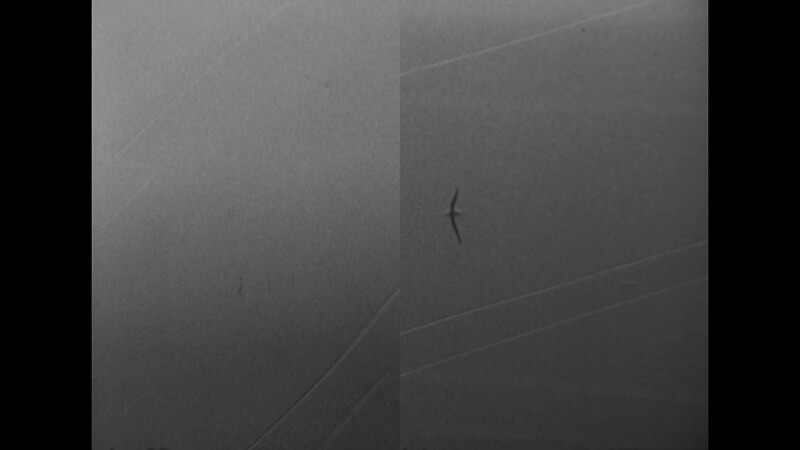12 Minutes Max – First Iteration @ The City Library 03.23
Art
12 Minutes Max has long been a staple in the dance and performance world. It’s the signature program of Seattle’s famous On the Boards and now, Paul Reynolds has brought it to Salt Lake City’s downtown public library. This past Sunday at two in the afternoon, a respectable crowd––faces familiar to me from our city’s film, dance and visual art communities––filed into the auditorium at the library. Paul, an affable, passionate curator, introduced each artist with warmth. He also expounded on how he hoped his role as curator would shift to that of a facilitator or juror, as interest in the series grew. Also present were collaborators Gretchen Reynolds, Alexandra Karl and Kristina Lenzi, who pioneered the predecessor to this series at the now defunct DUNCE School for the Arts.
Luke Williams, a local musician who also frequently collaborates with dancers, had the privilege of opening the show. He’d selected a 12-minute sampling of an emerging body of work that draws on a sampling of interviewed voices and other “found sound.” I can’t wait to see how these pieces develop. They bring to mind a plethora of references, from early Steve Reich to the Lounge Lizards. Jan Voitehovich created a visual design to accompany Williams’ music. It consisted of a moving grid of rectangles, whose shifts in color palate flirted with the music. Imagine Piet Mondrian composing a screensaver inspired by Cadbury Eggs.
Danielle Short’s “Surface Line Movement” followed. Shot on film and then printed to video, Short’s experiment began with a 100-foot roll of 16mm film which the artist spent following the reflection of two power lines in water. She then subjected this footage to a rigorous series of transformations–– magnifications, cutting, superimpostion, internal displacement––the specifics of which were dictated by randomized procedures like those used by musician John Cage and choreographer Merce Cunningham. Short’s line of thought is difficult to follow, she seems interested in applying chance to the materiality of film––yet we’re seeing this all on a video, where the media’s been edited. Her obscure system of numbering the “versions” of the original footage also does more to confound than anything. Still, stylistically, this sort of structuralism is a breath of fresh air in Utah. I hope that Short––who now lives in San Francisco––comes back for another 12 Minutes Max.
Finally, Mary Winsor read from her essay “Rock-a-bye, Ute,” which wove together themes of illness, mortality and family. It was odd to suddenly find one’s self at a reading after the two abstract, heady pieces Winsor followed, a fact Winsor made light of by changing into running shoes to add a performative aspect to her prose. All in all, it was great to see so many people who I usually don’t see together, pulled to the same room for 36 minutes of new art. 12 Minutes Max will doubtless become an important addition to the ecology of opportunity for artists in our city and state.
